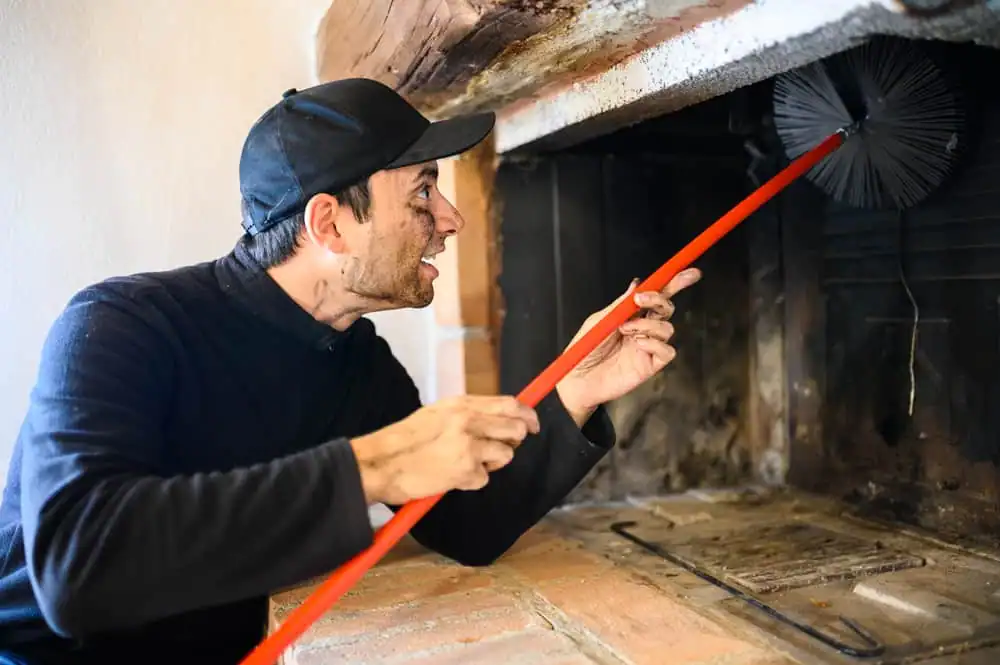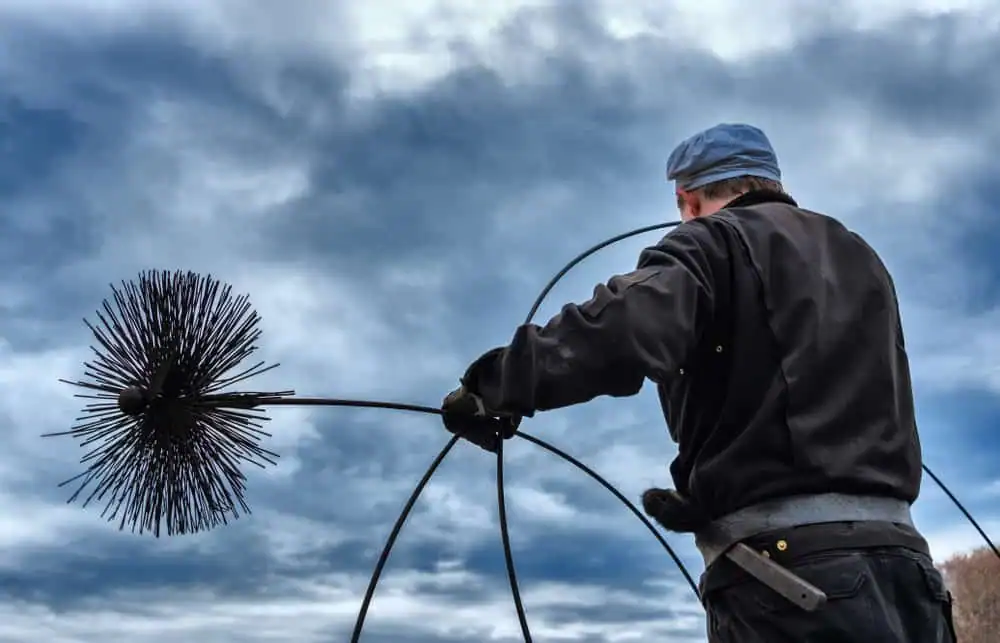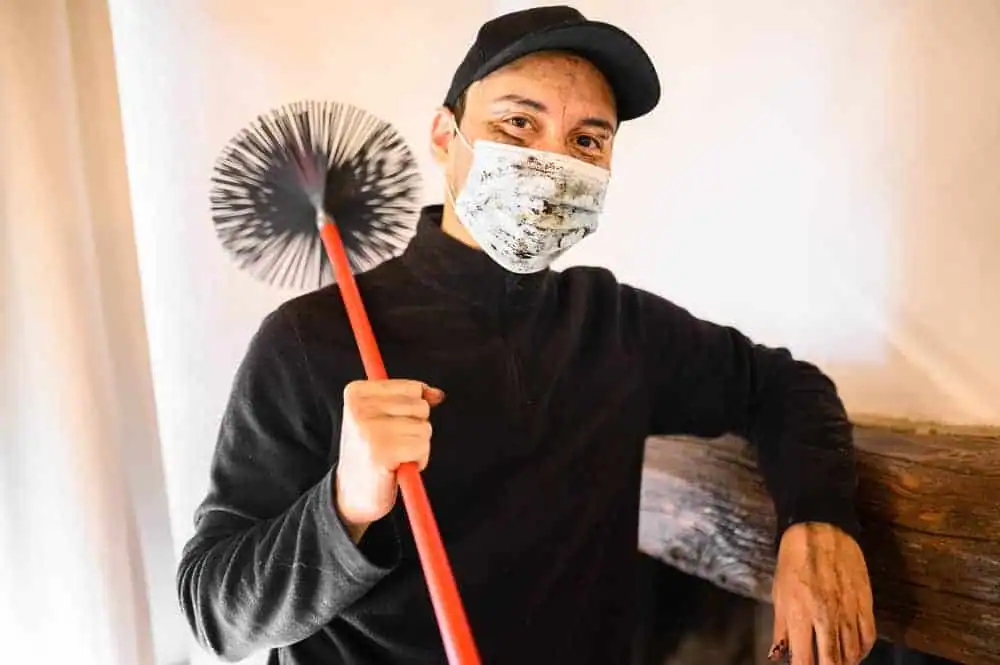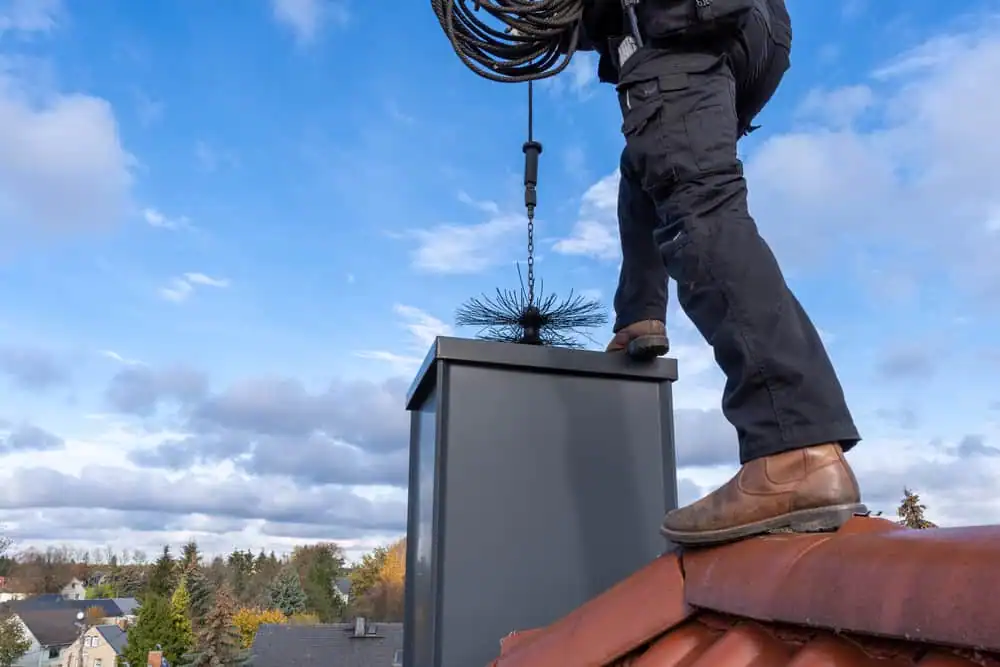Professional chimney sweeping that prevents dangerous fires and protects your family’s safety all winter long.

Hear from Our Customers

You get a chimney that drafts properly, burns efficiently, and keeps your family safe. No more worrying about creosote buildup or carbon monoxide backing up into your home.
Your fireplace lights easily, burns cleanly, and provides the warmth you expect. The smoky smells disappear, and you can actually enjoy those cozy winter evenings without wondering if something’s wrong.
Most importantly, you sleep better knowing your chimney won’t catch fire or leak dangerous gases into your home. That’s what proper chimney sweeping delivers.
Apex Air Duct Cleaning & Chimney Services has been protecting Somerset County families since the 1980s. We’re the only NJ company with triple certification – CSIA, NFI, and NADCA – meaning we meet the highest standards for chimney safety, fireplace expertise, and air quality.
Thomas Asciolla Sr. holds the ASCS certification, and our team handles everything from routine cleanings to emergency repairs. We’ve seen what happens when chimneys aren’t properly maintained, and we know exactly how to prevent those problems.
With three locations across New Jersey and NJ License #13VH08573100, we’re not going anywhere. Your neighbors trust us, and so can you.

First, we inspect your chimney from top to bottom, checking for creosote buildup, blockages, and any structural issues. We use professional-grade cameras when needed to see everything clearly.
Next comes the actual cleaning. We set up protective coverings around your fireplace, then use specialized brushes and vacuums to remove all the creosote, soot, and debris. The damper stays closed during cleaning, so nothing gets into your home.
Finally, we perform a safety inspection, checking for cracks, proper clearances, and adequate spark protection. You get a detailed report of what we found and any recommendations for keeping your chimney in top shape.

Ready to get started?
Every chimney sweeping includes a Level 1 inspection, complete creosote removal, and a detailed safety report. We check your chimney cap, spark arrestor, and flue liner condition.
In Somerset County, where winters can be harsh and homeowners rely heavily on their fireplaces, this thorough approach prevents the problems that lead to expensive repairs. We’ve seen how quickly creosote can build up in New Jersey’s climate, especially when homeowners burn wood regularly.
You also get recommendations for maintaining your chimney between cleanings, plus advice on the best firewood to use. If we find any issues, we explain exactly what needs attention and why – no surprises, no pressure.
